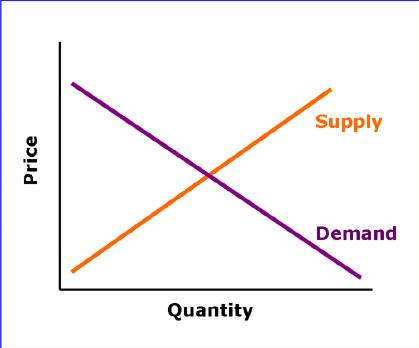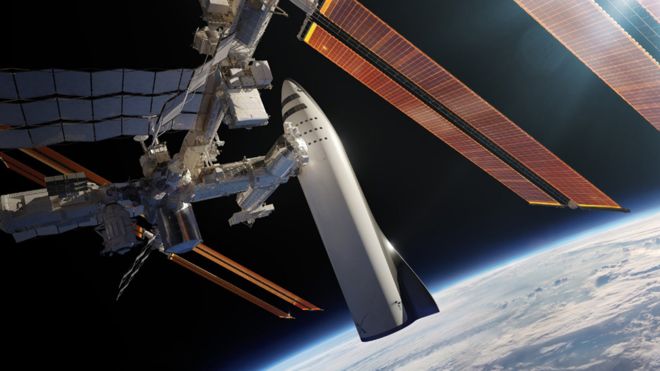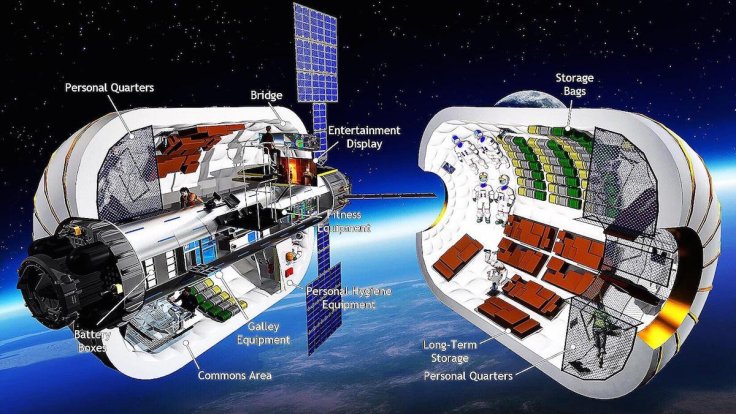Space. There is quite a bit of it. In the room I live in, there is 264 sq ft of it. On Earth, there is 196.9 million sq miles of it. But in space, it is seemingly infinite, or at least so it seems. With the Hubble constant still undetermined, and the shape of the universe undetermined, it seems as though the universe can go on forever. Or maybe, the universe is a conical shape and is expanding conically. With this theory, one could travel in a straight line and end right back up in their original destination. In actuality, this process would take many billion years to prove if it can physically be proven at all, and that is if our probes are travelling at exactly the speed of light.

I suppose what I am trying to say is that so many questions exist that still not have been answered in my lifetime and may never be answered in my lifetime. Heck, just two years ago (2016) the existence of gravitational waves was confirmed by LIGO, VIRGO, and all others organizations that work in unison just to detect gravitational waves. There exist so many mysteries concerning the properties of these gravitational waves, but so many other mysteries exist as well. What is dark matter, and why the proportion of dark matter to baryons (normal particles we can see) high enough that it allows for galaxies to uniformly rotate? Do other dimensions exist in the universe? What other properties besides Earth-like properties should we be looking for when attempting to detect the presence of a possible alien-civilization?
Most importantly, where is the support to answer these question?

On a talk that famous astrophysicist Neil Degrasse Tyson had with Sam Denby, a popular education Youtuber and mind behind Wendover Productions, he discussed how the incentive to go into space will come from commercial industry. He says that the most exciting and interesting quests that humans have at the current moment, such as colonizing Mars and sending more probes into deep space is only possible as a vanity project for a couple of billionaires to fund. You can go ahead and watch this talk here. Beyond the talk, he brings up a good point about the current state of space travel and space expenditure: economics.
To access space one must understand the fundamentals of supply and demand. The macroeconomic concept is simple: as the demand for some type of product or service increases, the supply of that product or service increases. Now, note that demand doesn’t solely or simply depend on public demand for a service or product. Rather, the demand has to be money backed and the public has to be willing to fund the purchase of the product or service that is in demand.

I would also like to note that the curves aren’t like conventional x and y curves. You can have high demand (all the way to the right) and low supply (all the way to the left in the yellow). If you would like to learn more about this economic concept, I highly suggest you watch this video by ACDC economics teacher, Mr. Clifford.
But, now you ask, why do I include the economics lesson? Because it is important to convey that the current future of space is not just dependent on the public’s desire to explore the outer reaches of the universe, but rather the demand that is encapsulated by those that have the millions and billions of dollars to pay for what seems to me as vanity space explorations. I don’t want to sit here and bash the commercial space industry. Rather, I would like explain the caveats that exist within it.
One of the more prominent companies that is responding to existing demand for cheaper access to space is SpaceX. SpaceX itself is involved in sending satellites and different technologies for the government utilizing their Falcon and, recently, the Falcon Heavy rockets. SpaceX has done well in reducing the cost of launching rockets carry some kind of payload into space. However, Elon Musk has noted that the ultimate goal of SpaceX is colonize Mars. Moreover, as soon as he significantly reduces the cost of launching rockets, he’s is planning on using them for intercontinental flight.

Another company that is making a significant impact in this space is Bigelow Aerospace. You may not have heard of this company based out of the Nevada desert, but their goal is to create livable and sustainable inflatable space habitats that will be much more cost effective than the current materials being used on the International Space Station. In fact, in 2016 they launched one of the inflatable prototypes to test as a viable living and laboratory environment. Bigelow’s current plans are to create commercial space stations, or “space hotels” in which individuals go to space for tourism. In the far future they plan on incorporating these inflatable habitats to withstand the environments of other worlds such as Mars.

I don’t mean to overload with information, but the information provided is essential to understanding my point. There is so much about space that we do not know and cannot know because there is little tangible demand and funds to support efforts to explore deep space. Today, we hear news stories about SpaceX’s successes and companies that plan on flying us into space and allowing us to be tourists in our own orbit, on the Moon, and maybe on Mars. I believe that it is good that the public is captivated with space, but I think that we are misleading the public with the potential to experience space for ourselves.
We are selfish beings and our biology wires us this way. The potential for the masses to believe that they can see space for themselves, with their own eyes is tantalizing, but I think is too tantalizing. Companies like SpaceX, Bigelow Aerospace, Virgin Galactic, and many other organizations are capitalizing on capturing the public’s attention by giving them the vision of being able to experience what I believe are vanity services. Yes, the technologies we will develop along the way will help us reach out further into the deep unknown, but at the same time I believe we are coming to an era of space exploration where we are dreaming too close. We admire these marvels of technology that bring us physically closer to space, but I think it is essential for us to remember our roots.
In our short history, our ancestors had many unsolved questions that were answered with observation and the ability to ponder for long periods of time. Today, society functions at the whim of the economy, leaving little time for philosophers. I am afraid we are reaching a point where looking further into space will only happen when people demand to physically go further out. I am afraid this is reducing our ability to learn more about the heavens and understand before we begin to talk about venturing out of Earth. I am afraid that we have turned marvels of machinery into goals that we idolize. I think it is good for us to remember that our roots began with naked eye observations and pondering to understand the heavens. Only when we understand can we truly approach something and be greatly successful at it. If we fail to follow these simple steps, we will encounter great difficulties: difficulties we will overcome, but avoidable consequences.
Do not view this as an attack against large corporation, but rather a call to shift our vision from the myopia of what we may see one day to a cerebral vision of what we may learn. Knowledge has and always will be our greatest asset. Let’s not squander it.

Featured image sourced from the European Space Agency (ESA)
